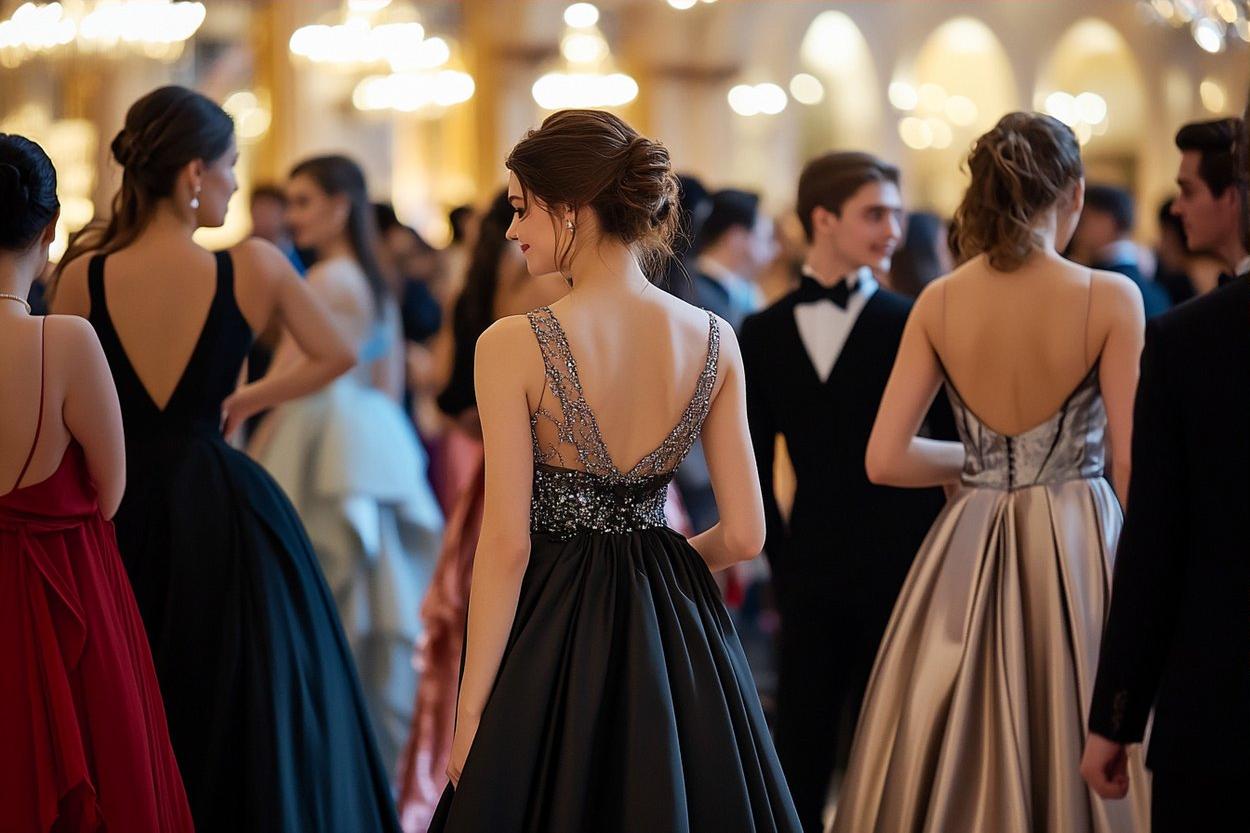Prom Dresses: Guidance for Choosing Formal Attire
Prom is a milestone often associated with preparing the right prom dress: a piece of clothing that should feel comfortable, reflect personal style, and suit the occasion. Whether the night is the first formal event for a high school student or a celebratory tradition, selecting a dress involves balancing fit, fabric, and the look that conveys confidence and elegance.

What to consider for a prom dress at a formal event
When planning for a formal event like prom, think about the venue, dress code, and time of year. A ballroom or formal dining space may call for floor-length gowns or more structured silhouettes, while an outdoor venue can allow lighter fabrics and shorter hemlines. Consider practicalities such as ease of movement for dancing, the temperature, and whether you’ll need a cover-up for photographs or an outdoor reception. Matching the dress to the event tone helps ensure the outfit feels appropriate and comfortable throughout the evening.
How to choose a prom dress for high school settings
High school proms often have guidelines about dress length or modesty; check any published rules from the school before committing. Beyond rules, factor in personal and social comfort—choose a dress that reflects your style without compromising confidence. Try on multiple silhouettes (A-line, sheath, ball gown, mermaid) to see which flatters your proportions. Bring shoes you’ll wear that night to fittings, and test sitting and dancing in the dress. If alterations are required, plan ahead: stitchers are busiest in prom season, so allow several weeks for tailoring.
Selecting formal attire fabrics and silhouettes
Fabric choice affects both comfort and the dress’s silhouette. Structured fabrics like mikado or taffeta hold shape and suit formal gowns, while chiffon or silk create flow and movement. Lace adds texture and can be layered for coverage; satin provides a smooth, glossy finish. When evaluating silhouettes, keep body proportions in mind: A-line styles often offer a universally flattering shape, sheath dresses skim the figure for a streamlined look, and ball gowns create a dramatic, traditional profile. Prioritize a fabric that breathes well and feels good against the skin for an evening of dancing.
Fitting a prom dress to a girl’s body and comfort
A prom dress should fit well in the torso and allow freedom of movement. Focus on key fit areas: the bust, waist, and hips. If a dress zips or buttons up tightly, ensure there’s enough room to breathe and sit comfortably. Consider supportive undergarments and whether the dress requires built-in support or a specific bra style. For added comfort, look for dresses with wrinkle-resistant fabrics or linings that prevent chafing. Alterations can make a big difference—adjusting straps, hemming, or taking in seams tailors both fit and confidence.
Incorporating personal style and understated elegance
Elegance often comes from simple, well-chosen details rather than excessive ornamentation. Think about how small choices—neckline shape, sleeve length, or a particular color—align with personal taste. Neutral tones, jewel shades, and classic black can convey quiet sophistication, while a bold hue or subtle embellishment can express individuality. Coordinate accessories like shoes, jewelry, and a clutch so they complement rather than overpower the dress. Hair and makeup that enhance natural features tend to pair best with elegant looks, maintaining balance between statement and refinement.
Conclusion
Choosing a prom dress is both a practical and expressive decision: it requires attention to fit, fabric, and the nature of the formal event, while also reflecting the wearer’s style. By considering venue, school guidelines, comfort, and details that convey elegance, a girl preparing for high school prom can find an outfit that feels appropriate and personally meaningful for the occasion.






